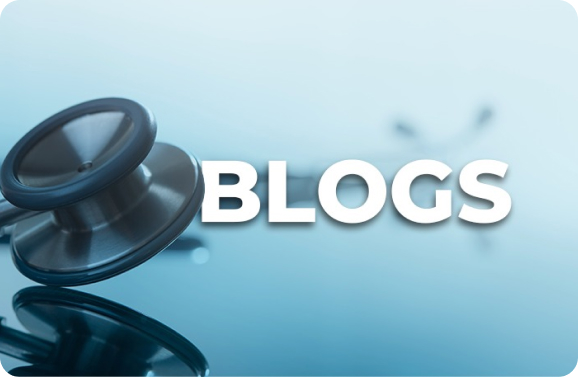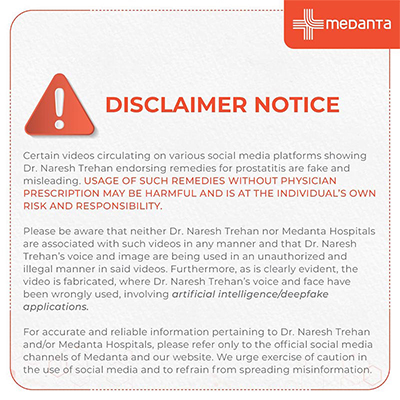Understanding Strokes: Symptoms, Treatment, and Prevention

TABLE OF CONTENTS
Strokes are among the most fatal medical emergencies that require immediate attention. Often referred to as “brain attacks,” they share similarities with heart attacks but affect a different vital organ. In this blog post, we’ll explore what strokes are, how to recognise them, and the critical importance of timely treatment.
What is a Stroke?
A stroke (brain attack) occurs when blood flow to the brain is disrupted. This disruption can happen in two ways:
A vessel carrying blood to the brain gets blocked, similar to how a blocked vessel in the heart causes a heart attack.
A blood vessel in the brain gets ruptured, causing bleeding.
In both cases, the result is the same: the affected region of the brain is deprived of oxygen and nutrients, leading to brain tissue damage.
Types of Strokes
Doctors recognise two types of strokes:
Ischemic Stroke: This is the most common stroke type. This develops due to the blockage of blood vessels supplying the brain, stopping blood circulation to that brain area. The blockage happens as a result of a blood clot or a buildup of fat deposits & cholesterol.
Hemorrhagic Stroke: This type happens when a blood vessel in the brain ruptures. Blood gets pooled into or around the brain, creating swelling and pressure. This extra pressure can damage brain cells and tissues.
Recognising Stroke Symptoms: The FAST Acronym
Quick recognition of stroke symptoms can be life-saving. Doctors use the FAST acronym to help people identify the most common signs of a stroke:
F - Face: Ask the patient to smile. Does one side of the face droop?
A-Arms: Ask the affected individual to raise both hands. Does one arm drift downward?
S - Speech: Ask the patient to repeat a simple phrase. Is their speech slurred?
T - Time: If you notice any of these signs, immediately call emergency services.
Let’s break down each of these symptoms:
Face
If you suspect someone is having a stroke, ask them to show their teeth or smile. You may notice that one side of their face doesn’t move as well as the other. This asymmetry is a clear warning sign.
Arms
Request that the person stretch out both arms in front of them. In a stroke, one arm may gradually start to drop or be unable to rise to the same height as the other.
Speech
Stroke can affect a person’s ability to communicate. Pay attention to their speech when talking to someone you suspect is having a stroke. They might:
Have difficulty understanding you
Be unable to speak
Use inappropriate or jumbled words
Show hesitation or slurring in their speech
Time
The ‘T’ in FAST stands for Time, emphasising the critical nature of quick action. As doctors often say, “Time is the brain.” The longer a stroke goes untreated, the more brain damage occurs.
Time-sensitive Treatment Options
When it comes to the management of stroke, every minute counts. Effective treatments are available, but their success depends on how quickly they are administered.
Clot-dissolving Drugs
For ischemic strokes (caused by blood clots), powerful medications can dissolve the clot and restore blood flow to the brain. However, these drugs must be administered within a strict time window - typically within 4 hours of the stroke’s onset. This underscores the importance of recognising stroke symptoms and seeking immediate medical attention.
Mechanical Thrombectomy
For patients who don’t reach the hospital within the 4-hour window for clot-dissolving drugs or for whom these drugs aren’t effective, there’s another option: mechanical thrombectomy. This innovative procedure involves:
Inserting a thin wire through a small incision in the groin
Guiding the wire through blood vessels up to the brain
Using special devices to remove the clot and reopen the blocked blood vessel
This procedure can sometimes be performed up to 24 hours after the stroke begins. However, earlier intervention improves outcomes, as with all stroke treatments.
Prevention and Healthy Lifestyle
While understanding stroke symptoms and treatments is crucial, prevention is always the best approach. Maintaining a healthy lifestyle can reduce your likelihood of stroke. This includes:
Regular exercise
Managing conditions like high blood pressure and diabetes
Avoiding smoking and excessive alcohol consumption
Conclusion
Strokes are serious medical emergencies. They require immediate attention. By understanding the types of strokes, recognising the symptoms through the FAST acronym, and knowing the available treatments, you can be better prepared to act quickly if you or someone around you experiences a stroke.
Remember, when it comes to strokes, the faster you recognise the symptoms and get to a hospital equipped to handle stroke emergencies, the better the chances of recovery. By acting fast and leading a healthy lifestyle, everyone can play a key role in preventing and managing the impact of strokes.
FAQs
What is a stroke?
A stroke is a fatal medical condition that develops when blood circulation to the brain is interrupted, causing brain cells to die. It can result in sudden loss of speech, movement, or memory, requiring immediate medical intervention.
What causes a stroke?
The following are some common causes of the stroke:
Blocked blood vessels (ischemic stroke)
Burst blood vessels (hemorrhagic stroke)
Genetics
High blood pressure
Heart disease
Diabetes
Smoking
High cholesterol
Obesity
Stress
What are the symptoms of stroke?
The following are common symptoms of stroke:
Severe headache
Sudden numbness or weakness of the face, arm, or leg on one side of the body
Confusion, trouble speaking or understanding
Difficulty seeing or loss of vision
Sudden trouble walking, dizziness, or imbalance
This blog has been converted from the Youtube video- Learn About Stroke: Types, Symptoms, and Treatment | Dr. V. P. Singh | Medanta






